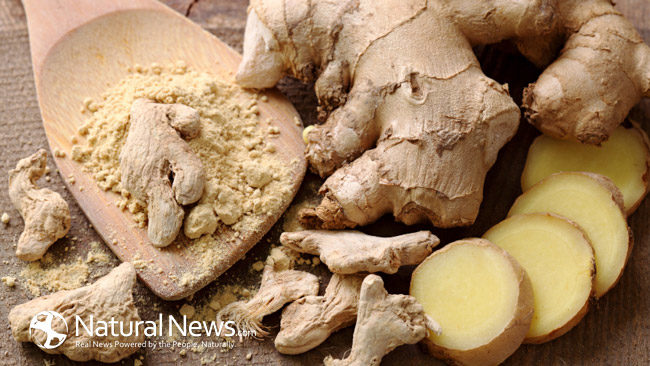There are a number of reasons to avoid taking aspirin or ibuprofen often. You may be seeking alternatives because you experience pain but like to stay away from conventional medicines. Alternatively, you could be someone who just learned about the potential dangers that come with taking Aspirin and ibuprofen regularly and are ready for something different. Ibuprofen and Aspirin have been linked to anemia, DNA damage, heart disease, hearing loss, hypertension, miscarriage and even influenza mortality.
7 Natural Alternatives To Ibuprofen
Ginger
A 2009 study found that ginger capsules (250 mg, four times daily) were as effective as the drugs mefenamic acid and ibuprofen for relieving pain in women associated with their menstrual cycle.
White willow bark
This herb was the original aspirin. It contains a substance called salicin which converts to salicylic acid when in the stomach. Salicylic acid is the main component of Aspirin and when used synthetically it has irritating effects on the stomach. White willow bark is effective in relieving pain, inflammation and fever. A suggested dose is 1 to 2 dropperfuls of white willow bark tincture daily.
Boswellia
Boswellia is also known as Indian frankincense. It comes from the Boswell Serrata tree which grows in India and has been used in Ayurvedic medicine for centuries. Traditionally, it has been used in resin format to treat chronic inflammatory conditions, as well as a number of other disorders. These include:
Osteoarthritis
Rheumatoid arthritis
Inflammatory bowel disorders
Asthma
The reason that Boswellia may be able to assist with arthritic symptoms is that it contains Boswellic Acid which is believed to improve the blood flow to the joints, thus preventing white blood cells from entering and causing inflammation.
Combination
Astaxanthin, Ginkgo biloba and Vitamin C – A 2011 animal study found this combination to be equal to or better than ibuprofen for reducing asthma-associated respiratory inflammation.
Capsaicin
This remedy is mainly used topically and is effective in relieving nerve, muscle and joint pain by interfering with a chemical in the body known as substance P which transmits pain signals to the brain. It is often found in gel or cream form and comes in a variety of potentcies. This remedy can be used three to four times daily. Since Capsaicin comes from chili peppers some first time users have reported a light stinging pain once initially applied. This does subside and often disappears with further use.
Olive Oil
A compound found within olive oil known as oleocanthal has been shown to have anti-inflammatory properties similar to ibuprofen.
Curcumin
Also referred to as turmeric at times given curcumin is a component of the herb turmeric, and is known as a potent painkiller. Like Capsaicin, it helps to block pain signals running to the brain. Studies have shown that curcumin is effective in receiving pain, even chronic pain and is effective when it comes to treating rheumatoid arthritis. One suggested dose is 400 to 600 mg of curcumin taken three times daily for pain and inflammation.
Reference:





